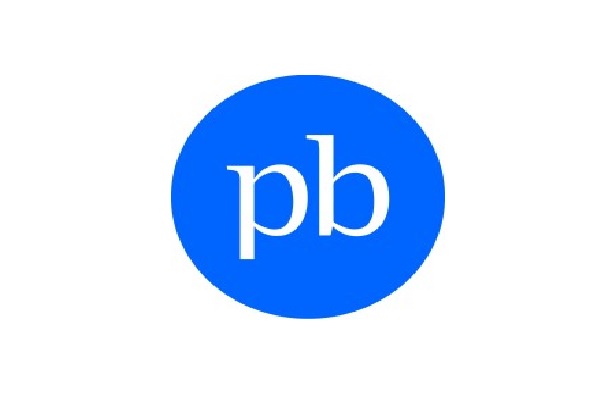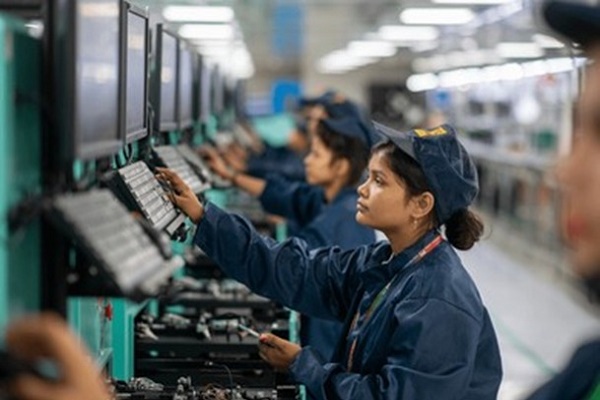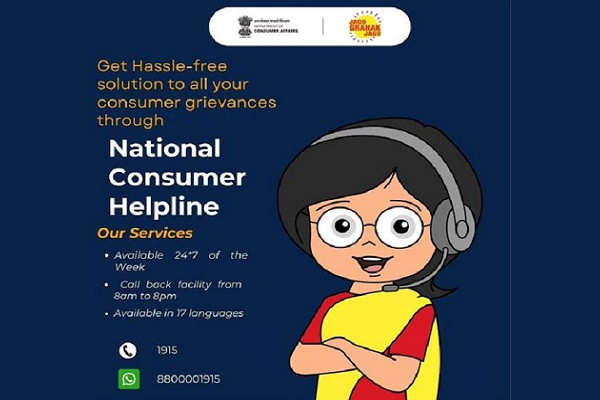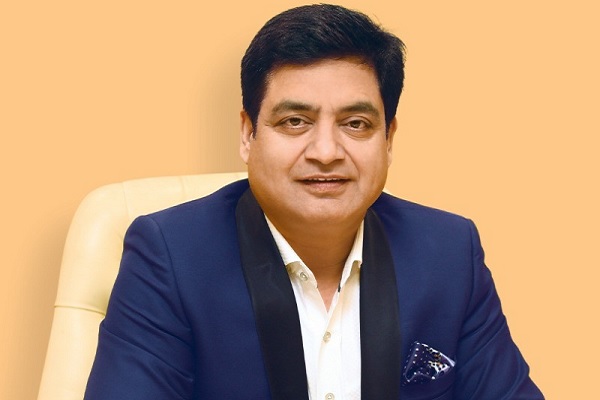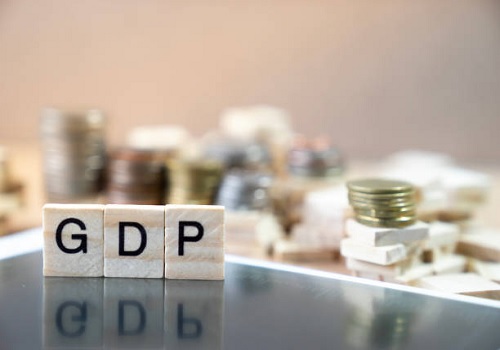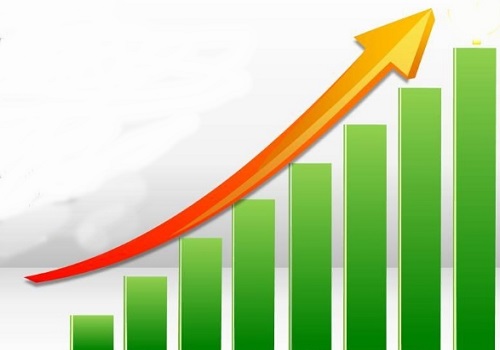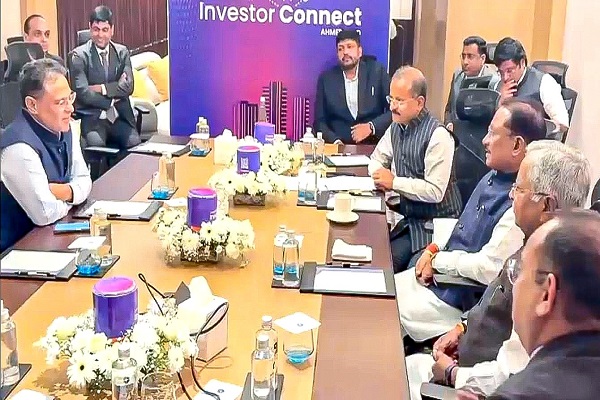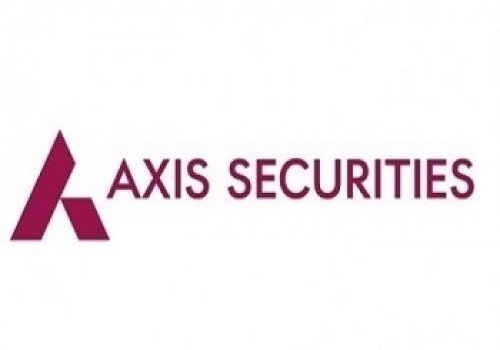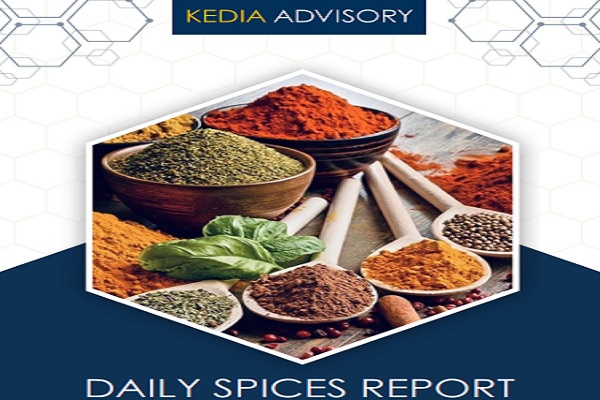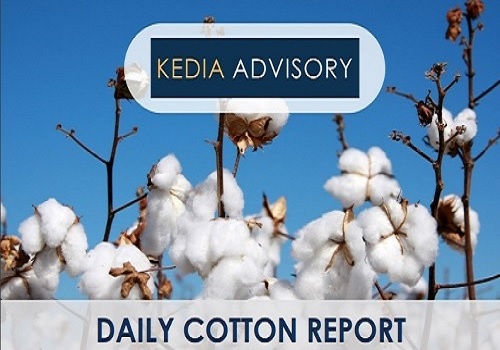Agri Commodity Technical Report 17 April 2025 - Geojit Financial Services Ltd
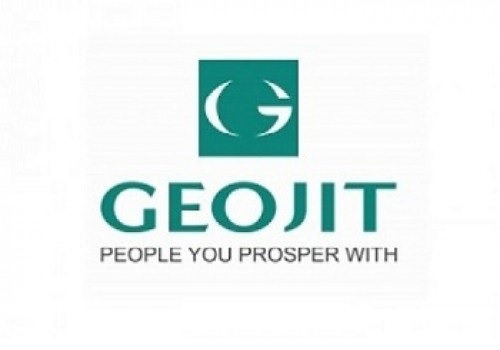
* Sowing of summer crops in Gujarat progressed to 1.2 million hectares as of Tuesday, up 6.5% from 1.1 million hectares a year ago, according to a release by the state agriculture department. Paddy acreage rose nearly 35% to 128,150 hectares from 95,043 hectares a year ago. The area under bajra fell to 314,597 hectares from 315,713 hectares, the report showed. On the other hand, the acreage of maize was 7,470 hectares, up from 7,085 hectares. Moong acreage in the state so far was 58,894 hectares, up from 45,592 hectares a year ago. Similarly, the area under urad rose to 30,195 hectares from 21,485 hectares a year ago. The acreage of sesame stood at 121,275 hectares, up from 114,986 hectares a year ago, the report showed. The area under groundnut fell to 56,103 hectares from 59,887 hectares a year ago. Sugarcane acreage rose to 12,563 hectares from 10,003 hectares a year ago, according to the report. The area under vegetables in the state stood at 104,925 hectares, up from 102,907 hectares a year ago, while onion agreage was 10,944 hectares, against 10,860 hectares a year ago. In Gujarat, summer crops are sown in February and March, and harvested in May and June. Bajra, paddy, sesamum, and moong are the main crops grown in the state during the summer.
* The sowing of summer crops in Maharashtra reached 436,368 hectares as of Apr. 1, up 30.4% on year from 334,562 hectares sown in the same period last year, according to a report by the state agriculture department. Maize acreage rose 92.6% on year to 79,169 hectares from 41,099 hectares last year. Sowing of summer crops in Maharashtra rose 17% as of Tuesday to 449,937 hectares, compared with 384,424 hectares a year ago, according to a release by the state agriculture department. Maize acreage jumped 75.4% on year to 83,866 hectares from 47,809 hectares. The area under paddy was 157,611 hectares, down from 167,703 hectares a year ago, the report showed. The acreage of bajra rose to 34,353 hectares from 32,350 hectares, and that of jowar was at 29,073 hectares, against 29,448 hectares a year ago.The area under moong so far was 16,547 hectares, up from 9,381 hectares a year ago, the report showed. Similarly, the area under urad rose to 1,499 hectares from 564 hectares. The total area under all oilseeds rose to 123,038 hectares from 94,532 hectares sown a year ago, the report showed. Under oilseeds, the acreage of groundnut was 89,866 hectares, against 69,042 hectares a year ago. Summer crops are grown for a short period between the kharif and rabi seasons, with harvest taking place between April and May. Besides rice, sesame, and groundnut, other major summer crops in Maharashtra include fruit and vegetables such as banana, pumpkin, and tomato. The water level in dams across Maharashtra was 40.4% of the live storage capacity as of Wednesday, compared with 34.6% a year ago, according to data from the state water resources department.
* The Securities and Exchange Board of India has extended the suspension of derivatives trade in wheat, chana, moong, paddy (non-basmati), mustard seeds and its derivatives, soya bean, and crude palm oil by another year, till Mar. 31, 2026, the regulator said in a release on Monday. In 2021, the government had imposed a ban on derivatives trading in the seven commodities for a year to check rising prices. The ban was extended consecutively each year till December 2024, and twice more till Mar. 31 this year.
* The government has cut base import prices of most edible oils by $1-$5 per tonne, the Central Board of Indirect Taxes and Customs said in a notification. The Centre levies import duty ad valorem and reviews the base import prices depending on changes in global prices and foreign exchange rates, usually on a fortnightly basis. The base import prices of edible oils were last revised on Apr. 8. The government has slashed the base import price of crude palm oil by $5 per tonne. The base import price of refined, bleached, and deodorised palmolein as well as crude palmolein has been reduced by $1 per tonne each. However, the Centre has raised the base import price on refined, bleached, and deodorised palm oil by $2 per tonne and crude soybean oil by $34 per tonne to $1,098 per tonne. India is the world's largest importer of edible oils. Palm oil accounts for a bulk of the country's imports, with most of it purchased from Indonesia, Malaysia, and Thailand, top producers of the commodity.
* Neither El Nino nor La Nina conditions are expected in May-Oct, as suggested by the APEC Climate Center's El Nino-Southern Oscillation alert, which continues to be in 'inactive' mode. Currently, there is an 80% chance of neutral conditions, which is seen decreasing to about 50% as the forecast period progresses, the Center said in its monthly outlook released.
* Union Minister for Agriculture and Farmers' Welfare and Rural Development Shivraj Singh Chouhan will hold bilateral meetings with key officials from Brazil to enhance collaboration between the two countries in the fields of agriculture, agri-technology, rural development, and food security, the Ministry of Agriculture and Farmers Welfare said in a release on Tuesday. The meetings will be a part of Chouhan's visit to attend the 15th BRICS Agriculture Ministers' Meeting in Brasilia on Thursday. "Agriculture ministers and senior officials from BRICS member countries, including Brazil, Russia, India, China, South Africa, Saudi Arabia, Egypt, United Arab Emirates, Ethiopia, Indonesia, and Iran are expected to attend the meeting," the release said.

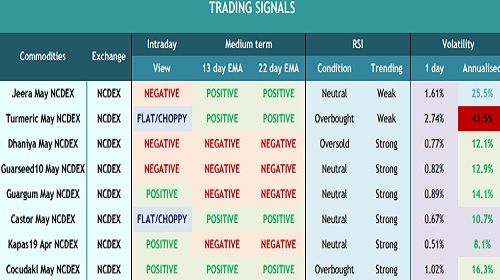
For More Geojit Financial Services Ltd Disclaimer https://www.geojit.com/disclaimer
SEBI Registration Number: INH200000345


